
News Directory
Cam Roller Bearings: A Comprehensive Guide to Types, Applications, and Maintenance
1. Introduction to Cam Roller Bearings
1.1 What are Cam Roller Bearings (Cam Followers and Track Rollers)?
Cam roller bearings, commonly known as cam followers and track rollers, are specialized bearings designed to follow a rotating or moving cam, a track, or a similar surface. Their primary purpose is to convert rotary motion into linear motion or to support a load while rolling along a track. They are engineered to handle heavy shock loads, high speeds, and repetitive motion with minimal friction.
Cam followers and track rollers are often used interchangeably, but there's a key distinction. Cam followers typically have a pre-assembled stud that serves as the inner ring and mounting shaft. This design allows for quick and easy installation into a machine's frame. Track rollers, on the other hand, do not have an integrated stud. They are mounted on a separate shaft or pin, offering more flexibility in terms of mounting and allowing for larger shaft diameters.
| Feature | Cam Follower | Track Roller |
|---|---|---|
| Mounting | Integrated stud | Separate shaft or pin |
| Installation | Easier, single component | Requires more assembly |
| Shaft size | Limited by stud diameter | Can accommodate larger shafts |
| Typical use | Following a cam profile | Rolling along a straight or curved track |
1.2 Importance in Mechanical Systems
Cam roller bearings are crucial components in countless mechanical systems due to their ability to efficiently transmit forces and support loads while reducing friction. By allowing components to roll smoothly, they minimize wear and tear on machinery, which in turn extends the lifespan of equipment and reduces maintenance costs. Their robust design makes them ideal for demanding applications where reliability and precision are paramount.
Their role in mechanical systems can be summarized as follows:
- Friction Reduction: By substituting sliding motion with rolling motion, they significantly decrease friction, leading to improved energy efficiency and less heat generation.
- Load Support: They are designed to withstand high radial and thrust loads, making them suitable for heavy-duty applications.
- Precision and Durability: Their hardened outer rings and precise internal construction ensure accurate and repeatable motion, even under constant use in challenging environments.
These characteristics make cam roller bearings essential in a wide range of industries, from manufacturing and robotics to automotive and aerospace, where they contribute to the smooth and reliable operation of machinery.
2. Types of Cam Roller Bearings
Cam roller bearings come in various designs, each tailored to specific operational demands. Understanding the different types is crucial for selecting the right bearing for your application.
2.1 Stud Type Cam Followers
Stud type cam followers are a self-contained unit featuring a threaded stud that acts as the inner ring and mounting shaft. This design simplifies installation, as the bearing can be easily mounted directly into a threaded hole in a machine's frame or a lever. They are ideal for applications where space is limited and quick assembly is a priority.
- Features and benefits: The integrated stud eliminates the need for a separate shaft or bolt, making them compact and easy to install. The outer ring, which is the running surface, is typically thick-walled to handle heavy radial loads and shock. Many designs also include a lubrication hole for easy re-greasing.
- Mounting and installation: Installation is straightforward. The stud is inserted into a mounting hole and secured with a nut on the opposite side. It's important to ensure proper alignment and torque to prevent premature failure.
2.2 Yoke Type Cam Followers
In contrast to stud types, yoke type cam followers (also known as track rollers) do not have an integrated stud. They are mounted on a separate shaft or pin, which allows for greater design flexibility. This design is preferred in applications where the bearing needs to be supported on both sides, providing higher rigidity and load-carrying capacity.
- Design characteristics: They consist of a heavy-duty outer ring, a full complement of rolling elements (or a cage), and a separable inner ring. The lack of a built-in stud means they can accommodate larger shafts, making them suitable for heavier loads and more robust systems.
- Load capacity considerations: Because they are typically supported on both ends of the mounting shaft, yoke type cam followers can handle significantly higher radial and axial loads than stud types. This makes them the preferred choice for heavy-duty conveyor systems and other industrial machinery.
| Feature | Stud Type Cam Followers | Yoke Type Cam Followers |
|---|---|---|
| Design | Integrated stud for mounting | Requires a separate shaft or pin |
| Mounting | Quick and simple | More complex assembly |
| Load Capacity | Good for moderate loads | Excellent for heavy loads |
| Support | Cantilevered support | Supported on both sides |
| Application | Lighter duty, confined spaces | Heavy-duty, robust systems |
2.3 Needle Roller Bearings
Within the different types of cam roller bearings, the rolling elements can also vary. Needle roller bearings are a common choice for cam followers and track rollers. These bearings feature long, thin cylindrical rollers that resemble needles.
- Advantages of needle rollers: The high number of contact points between the rollers and the raceway allows for a very high load-carrying capacity within a small cross-section. This compact design is perfect for applications where space is a constraint but high performance is required.
- Suitability for high-load applications: The large surface area of the needle rollers effectively distributes the load, preventing stress concentration and allowing the bearing to handle heavy radial loads and shock impacts without deformation.
2.4 Crowned vs. Cylindrical Outer Rings
The shape of the outer ring is a critical design feature that impacts load distribution and performance.
- Crowned outer rings: A crowned outer ring has a slightly curved profile. This curvature helps to prevent edge loading, which occurs when the outer ring makes contact with a track only at its edges. Crowned rings are excellent for applications where perfect alignment between the bearing and the track cannot be guaranteed. They distribute the load more evenly across the outer ring's surface, which prolongs bearing life and reduces noise.
- Cylindrical outer rings: Cylindrical outer rings have a flat, straight profile. They provide a larger contact area, making them suitable for applications with well-aligned tracks and heavier loads. However, they are more susceptible to edge loading if misalignment occurs, which can lead to premature wear.
2.5 Sealed vs. Unsealed Cam Followers
The choice between a sealed and an unsealed bearing depends heavily on the operating environment.
- Benefits of sealed bearings: Sealed cam followers are equipped with seals, typically made of rubber or a synthetic material, on one or both sides. These seals protect the internal components from contaminants like dust, dirt, and moisture, while also retaining the lubricant. This is crucial for maintaining performance and extending bearing life in harsh conditions.
- Applications in harsh environments: Sealed bearings are the ideal choice for environments that are dirty, dusty, or wet, such as in construction equipment, agricultural machinery, and material handling systems. They significantly reduce the need for frequent re-lubrication and maintenance, making them a low-maintenance, high-reliability option. Unsealed bearings, on the other hand, are suitable for clean environments and applications where external lubrication is regularly applied.
3. Applications of Cam Roller Bearings
Cam roller bearings are versatile components found in a wide range of industries and machines. Their ability to handle high loads and provide smooth, precise motion makes them essential for the reliable operation of many mechanical systems.
3.1 Automation and Robotics
In the world of automation, precision and reliability are paramount. Cam roller bearings are critical for the smooth and accurate movement of robotic arms and automated machinery. They are used in linear guides to support and guide moving parts, ensuring that robotic components can perform repetitive tasks with high accuracy and minimal wear. Their robust design allows them to withstand the constant acceleration and deceleration cycles typical in these applications.
- Use in automated machinery: They are integral to the functioning of pick-and-place machines, automated assembly lines, and sorting equipment.
- Precision movement applications: Cam followers are often used as the rolling element in precision linear motion systems and as guides for robotic end effectors, ensuring that movements are consistent and predictable.
3.2 Automotive Industry
The automotive industry relies on cam roller bearings for several key systems where precision and durability are non-negotiable.
- Valve train systems: In internal combustion engines, cam followers are a vital part of the valve train. They follow the profile of the camshaft, transmitting the motion to the valves. This application demands extremely high performance due to high speeds and operating temperatures.
- Steering mechanisms: Cam roller bearings are also used in various steering system components to reduce friction and provide smooth, responsive steering.
3.3 Material Handling
In material handling systems, cam roller bearings are essential for moving heavy loads efficiently and reliably.
- Conveyor systems: They are widely used as support and guide rollers in conveyor belts, providing a low-friction surface for materials to move along a track. The different types of cam rollers (crowned vs. cylindrical) can be selected to match the track profile and load requirements.
- Packaging machinery: In automated packaging lines, cam followers are used to control the movement of various mechanisms that fold boxes, seal packages, and position products, ensuring high-speed and accurate operation.
3.4 General Industrial Machinery
Beyond specialized applications, cam roller bearings are a staple in many types of industrial equipment.
- Cam-driven equipment: Any machine that uses a cam to convert rotary motion into a specific linear or oscillating motion likely uses a cam follower. Examples include printing presses, textile machinery, and machine tools.
- Linkage systems: They are used in various linkage and lever systems to provide a pivot point that can handle both radial and thrust loads while reducing friction.
| Industry | Specific Application | Bearing Type Examples |
|---|---|---|
| Automation | Robotic arms, linear guides | Stud type cam followers, sealed track rollers |
| Automotive | Engine valve trains, steering | Needle roller cam followers, yoke type track rollers |
| Material Handling | Conveyor belts, packaging | Crowned outer ring track rollers, stud type cam followers |
| General Machinery | Cam-driven machines, linkages | Yoke type cam followers, various sealed and unsealed types |
4. Selecting the Right Cam Roller Bearing
Choosing the correct cam roller bearing is a critical step in machine design. An improper selection can lead to premature failure, increased downtime, and higher maintenance costs. To make the best choice, several key factors must be considered.
4.1 Load Capacity
Load is arguably the most important factor in bearing selection. Bearings are rated for both static and dynamic loads, and understanding the difference is essential.
- Static and dynamic load considerations: The static load capacity is the maximum load a stationary bearing can withstand without permanent deformation. The dynamic load capacity refers to the load a bearing can endure for a specified number of revolutions before signs of fatigue appear. Applications involving repetitive motion and high speeds require a bearing with a high dynamic load rating.
- Calculating load requirements: You must accurately determine the radial and axial forces acting on the bearing during operation. For cam followers, this includes the load from the cam itself, as well as any external forces. Overlooking these forces can lead to bearing failure.
4.2 Speed and Operating Temperature
The operating speed and temperature of the application also have a significant impact on bearing selection.
- Impact on bearing selection: High speeds generate more heat, which can degrade the lubricant and the bearing material itself. You must choose a bearing designed to handle the required speed without overheating. For cam followers, the speed is determined by the rotational speed of the cam.
- High-temperature applications: For applications that operate in high-temperature environments, you'll need a bearing with specific features, such as heat-stabilized materials and high-temperature lubricants. Standard bearings can fail quickly under extreme heat.
4.3 Environmental Conditions
The operating environment dictates the need for features that protect the bearing from external factors.
- Corrosive environments: In environments with moisture, chemicals, or saltwater, standard steel bearings are prone to rust and corrosion. In these cases, stainless steel bearings or bearings with special coatings are necessary to ensure longevity and reliable performance.
- Clean room applications: For industries like semiconductor manufacturing or medical equipment, bearings must be free of contaminants and must not generate particles. Special clean room bearings with low-particulate lubricants and seals are required.
4.4 Material Selection
The materials used in a cam roller bearing affect its strength, corrosion resistance, and overall performance.
- Steel vs. stainless steel: Standard bearing steel (typically through-hardened chrome steel) offers excellent hardness and wear resistance, making it suitable for most industrial applications. However, for corrosive or sanitary environments, stainless steel is the preferred choice due to its superior corrosion resistance.
- Specialty materials: For extreme conditions, specialty materials may be required. This can include ceramic rolling elements for high-speed, high-temperature, or non-magnetic applications, or specific polymer materials for lighter loads or quiet operation.
| Selection Factor | Considerations | Recommended Bearing Features |
|---|---|---|
| Load Capacity | Static and dynamic forces, shock loads | High dynamic load rating, heavy-duty outer rings |
| Speed/Temp. | High RPM, heat generation | High-speed grease, high-temp materials |
| Environment | Moisture, chemicals, dust, clean room | Sealed design, stainless steel, special coatings |
| Material | Standard performance, corrosion resistance | Bearing steel, stainless steel, ceramic components |
5. Installation and Maintenance
Proper installation and consistent maintenance are crucial for maximizing the performance and lifespan of cam roller bearings. Neglecting these steps can lead to premature failure, costly repairs, and unexpected downtime.
5.1 Proper Installation Techniques
Correct installation is the first and most critical step. A poorly installed bearing will fail much sooner than one that is properly seated.
- Mounting procedures: For stud type cam followers, the stud should be inserted into a clean, smooth bore and tightened to the manufacturer's specified torque. It's essential to use a wrench on the hex socket or screwdriver slot at the end of the stud to prevent the outer ring from rotating during installation. For yoke type cam followers, the bearing should be pressed onto the shaft with a press-fit tool, applying force only to the inner ring to avoid damaging the outer ring or rolling elements.
- Torque specifications: Always follow the manufacturer's recommended torque for the mounting stud or nut. Overtightening can deform the bearing components, leading to increased friction and premature failure, while undertightening can allow the bearing to loosen and cause vibration.
5.2 Lubrication
Lubrication is the lifeblood of a bearing. It reduces friction, dissipates heat, and protects against corrosion.
- Importance of lubrication: A lack of proper lubrication is a leading cause of bearing failure. Lubricant creates a thin film that separates the rolling elements from the raceways, preventing metal-to-metal contact and wear.
- Grease selection: The choice of grease depends on the operating environment, temperature, and speed. For high-speed applications, a low-viscosity grease is often preferred, while high-load applications may require a grease with a higher viscosity and EP (Extreme Pressure) additives.
- Lubrication intervals: The frequency of re-lubrication depends on the application's operating conditions. Bearings operating at high speeds, heavy loads, or in contaminated environments will require more frequent lubrication. Sealed bearings, while pre-lubricated for life, may still benefit from occasional re-lubrication if they have a re-lubrication port.
5.3 Inspection and Monitoring
Regularly inspecting and monitoring bearings can help identify potential issues before they lead to catastrophic failure.
- Regular inspection procedures: Periodically check for signs of wear, such as flaking, pitting, or discoloration of the raceways and rolling elements. Also, inspect the seals for damage and ensure the lubricant is not contaminated.
- Identifying signs of wear: Listen for unusual noises, feel for excessive heat, and look for vibrations. These are often early indicators of a problem. A visual inspection can reveal signs of corrosion, fatigue, or damage from contamination.
5.4 Troubleshooting Common Issues
Even with proper maintenance, issues can arise. Knowing how to troubleshoot them can save time and money.
- Bearing noise: Abnormal noise can be caused by a variety of issues, including a lack of lubrication, contamination, misalignment, or overloading. A high-pitched squeal often indicates a lack of lubrication, while a growling or rumbling sound can point to surface damage.
- Premature failure: The root cause of early bearing failure is often improper installation, misalignment, or overloading. By carefully examining the failed bearing, you can often determine the cause. For example, damage concentrated at one end of the outer ring may suggest misalignment, while a heavily discolored ring can indicate overheating.
| Maintenance Task | Correct Procedure | Common Problem Signs |
|---|---|---|
| Installation | Use correct tools, follow torque specs | Loosening, vibration, early damage |
| Lubrication | Choose correct grease, follow intervals | High-pitched noise, excessive heat |
| Inspection | Look and listen for changes | Pitting, flaking, discoloration, vibration |
| Troubleshooting | Analyze failure signs | Abnormal noise, premature wear |
6. Maximizing the Lifespan of Cam Roller Bearings
To get the most out of your cam roller bearings and ensure they provide long-lasting, reliable performance, it's essential to focus on proactive measures that prevent the most common causes of failure.
6.1 Preventing Contamination
Contamination is a leading cause of bearing failure. Even tiny particles of dust or moisture can get into the bearing, damaging the raceways and rolling elements.
- Sealing solutions: Choosing the right sealing solution is the first line of defense. Sealed bearings are an excellent choice for dusty or wet environments, as their integrated seals prevent contaminants from entering. In especially harsh conditions, you may need to use external shields or labyrinth seals in addition to the bearing's own seals.
- Filtration systems: In systems where lubrication is circulated, using effective filtration can remove particles from the lubricant before it reaches the bearing. This is especially important for systems with a central lubrication supply.
6.2 Proper Storage
The life of a bearing begins long before it is installed. Improper storage can lead to corrosion and damage that shortens its lifespan.
- Storage environment: Bearings should be stored in a clean, dry, and temperature-controlled environment. Avoid storing them in areas with high humidity or extreme temperature fluctuations, as this can lead to condensation and rust.
- Protection from corrosion: Bearings are typically coated with a rust-preventative oil from the factory. They should be kept in their original packaging until they are ready to be installed. If a bearing must be stored outside of its original package, it should be re-coated with a rust-preventative compound and kept in a sealed container.
6.3 Avoiding Overloading
Overloading a bearing, either through excessive force or shock loads, can cause damage that leads to premature failure.
- Accurate load calculations: It's crucial to accurately calculate the radial and axial loads that the bearing will be subjected to during operation. This includes considering both static and dynamic loads, as well as any potential shock loads or vibrations.
- Safety factors: When selecting a bearing, always include a safety factor in your calculations. This provides a buffer against unexpected loads and ensures the bearing can handle the most demanding conditions of the application without reaching its load limit.
| Factor to Consider | Action to Maximize Lifespan | Why It's Important |
|---|---|---|
| Contamination | Use sealed bearings, maintain clean work areas | Prevents particles from damaging bearing surfaces |
| Storage | Store in dry, temperature-controlled spaces | Avoids rust and damage before installation |
| Overloading | Calculate loads accurately, use safety factors | Prevents material fatigue and deformation |
Conclusion
This guide has provided a comprehensive overview of cam roller bearings, from their fundamental types and applications to the critical aspects of selection, installation, and maintenance. By understanding these key principles, manufacturers and engineers can ensure the longevity and optimal performance of their machinery.
Summary of Key Points
Cam roller bearings, including cam followers and track rollers, are vital components in a wide range of mechanical systems. Their ability to handle heavy loads, reduce friction, and provide precise motion makes them indispensable in industries such as automation, automotive, and material handling.
- Types: The choice between stud type and yoke type cam followers depends on mounting requirements and load capacity. Features like needle rollers, crowned outer rings, and seals further customize the bearing for specific operating conditions.
- Selection: The selection process is a careful balance of considering load capacity, operating speed, environmental conditions, and material requirements.
- Maintenance: Proper installation, regular lubrication, and diligent inspection are non-negotiable for preventing premature failure.
- Longevity: Maximizing the lifespan of these bearings involves proactive measures such as preventing contamination, ensuring proper storage, and avoiding overloading.
Future Trends in Cam Roller Bearing Technology
The field of cam roller bearings continues to evolve with advancements in materials science and manufacturing technology. Future trends are focused on enhancing performance, durability, and integration with modern smart systems.
- Advanced Materials: The development of lighter, stronger, and more corrosion-resistant materials, such as high-performance ceramics and specialty polymers, will allow for bearings that can operate in even more extreme conditions.
- Integrated Sensors: The integration of sensors into cam roller bearings is a growing trend. These smart bearings can monitor their own temperature, vibration, and lubrication levels in real-time, providing valuable data for predictive maintenance and helping to prevent catastrophic failures before they occur.
- Optimized Designs: Computer-aided design and simulation are leading to highly optimized bearing profiles and internal geometries. These designs are better able to distribute stress, reduce noise, and increase the dynamic load capacity, all while maintaining a compact form factor.
By staying informed about these trends, manufacturers can continue to improve the performance and reliability of their equipment, ensuring that cam roller bearings remain a cornerstone of modern mechanical engineering.



 English
English 中文简体
中文简体 عربى
عربى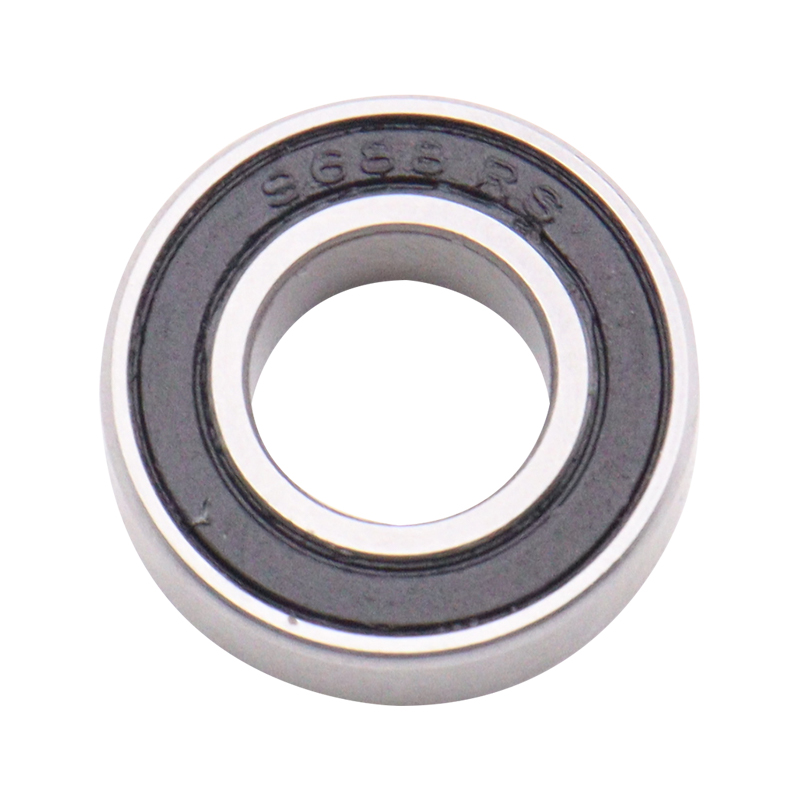
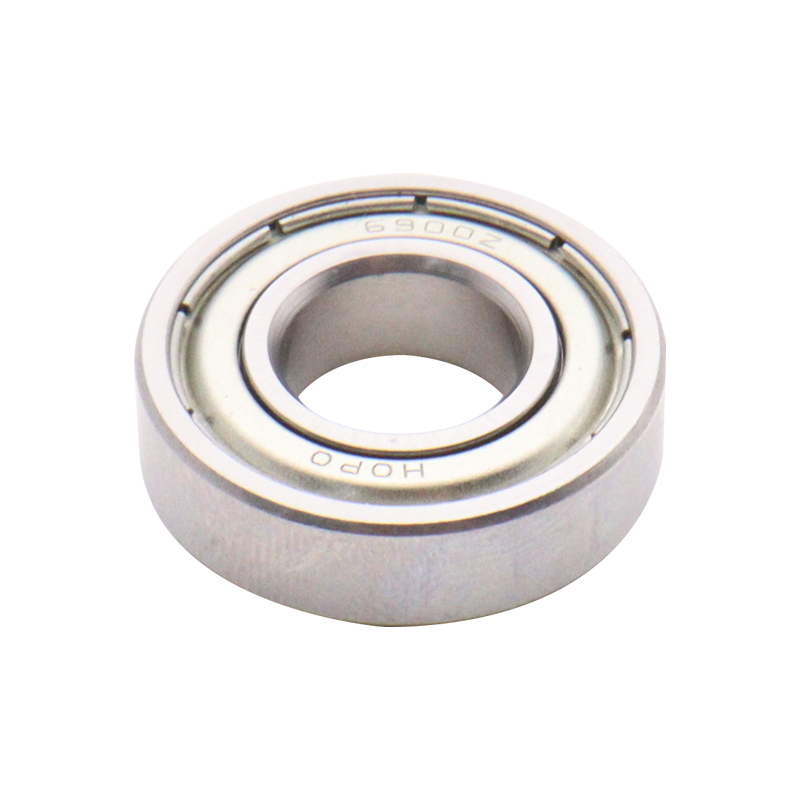
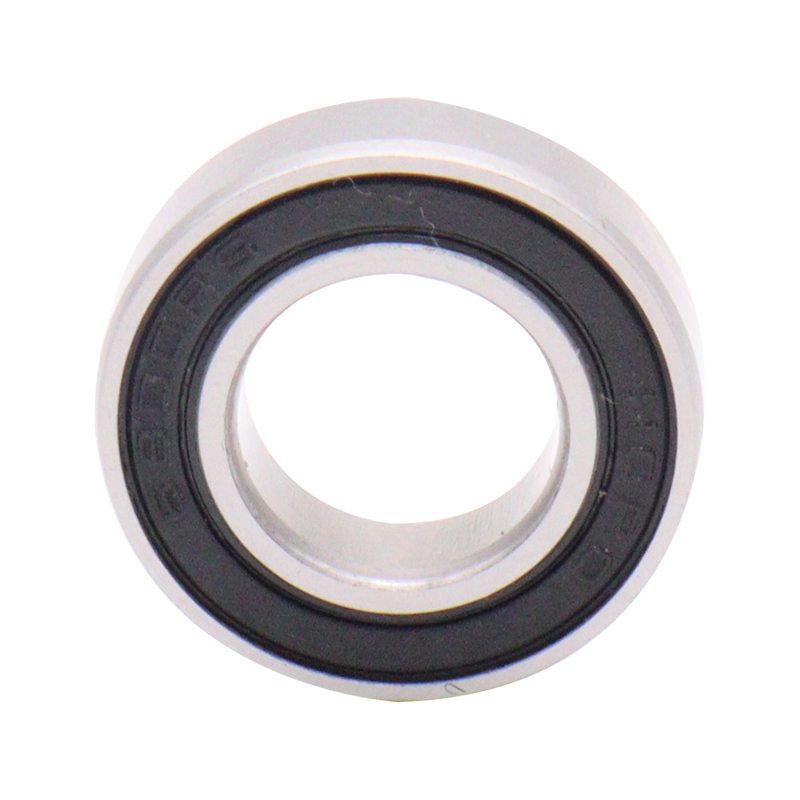
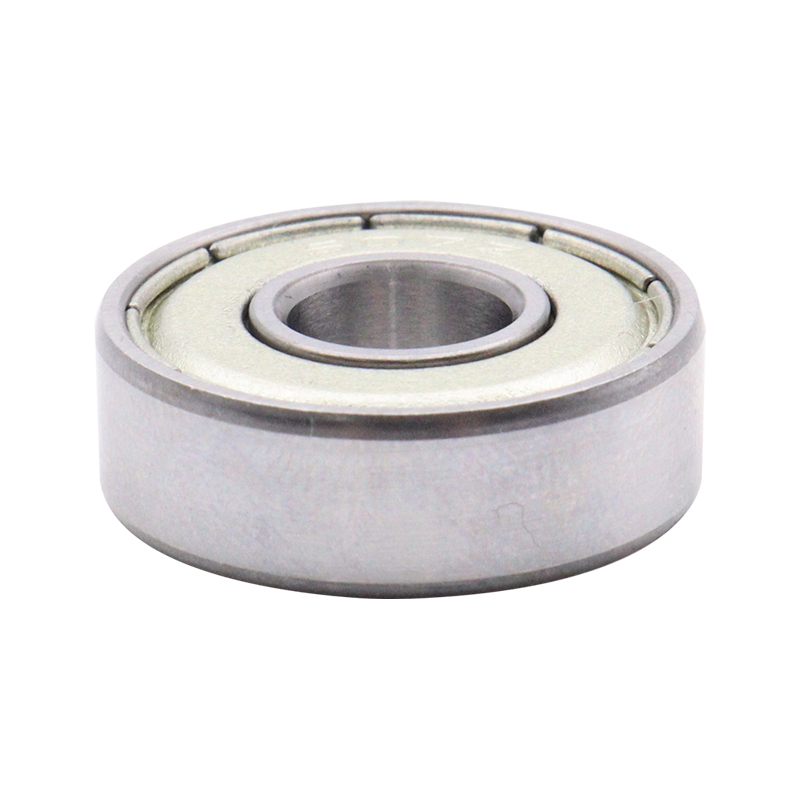
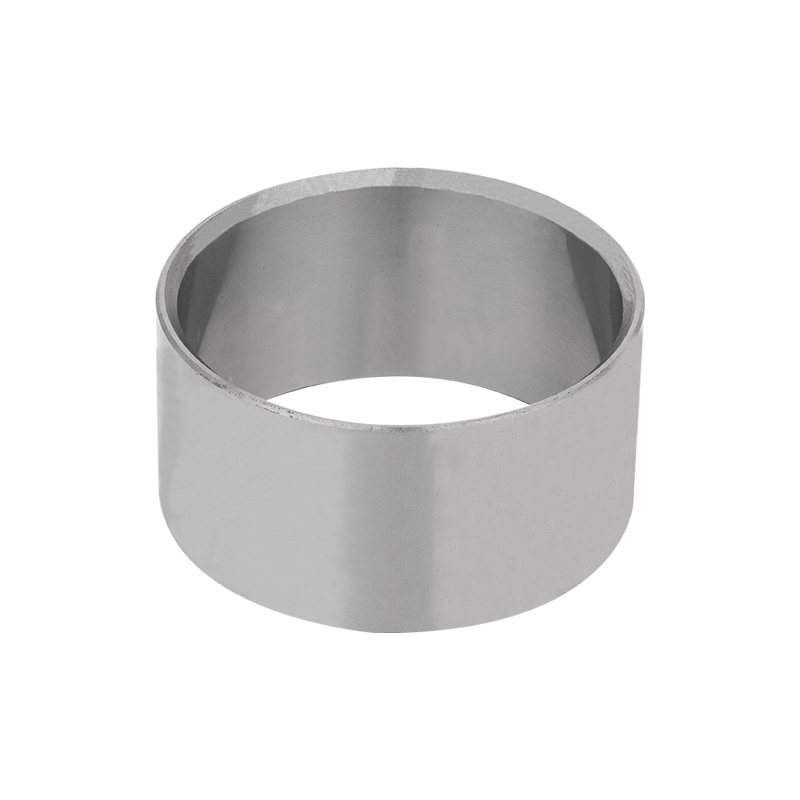
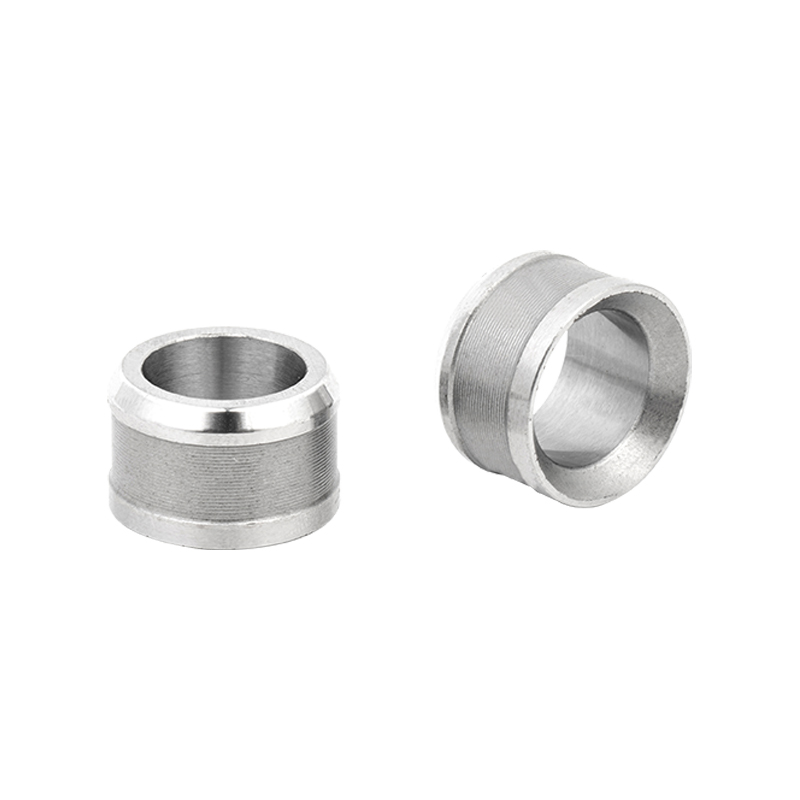
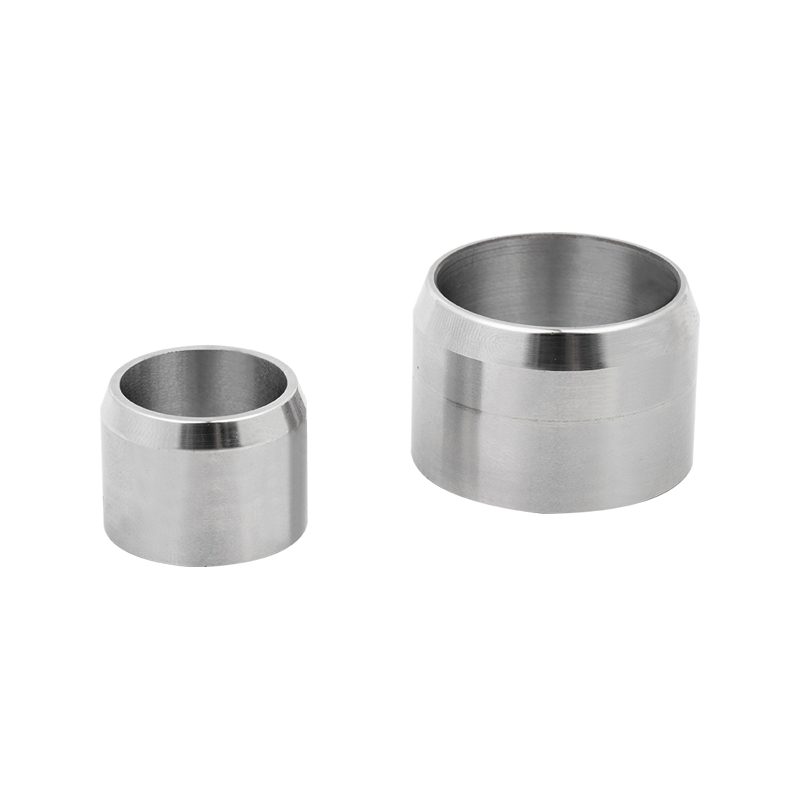
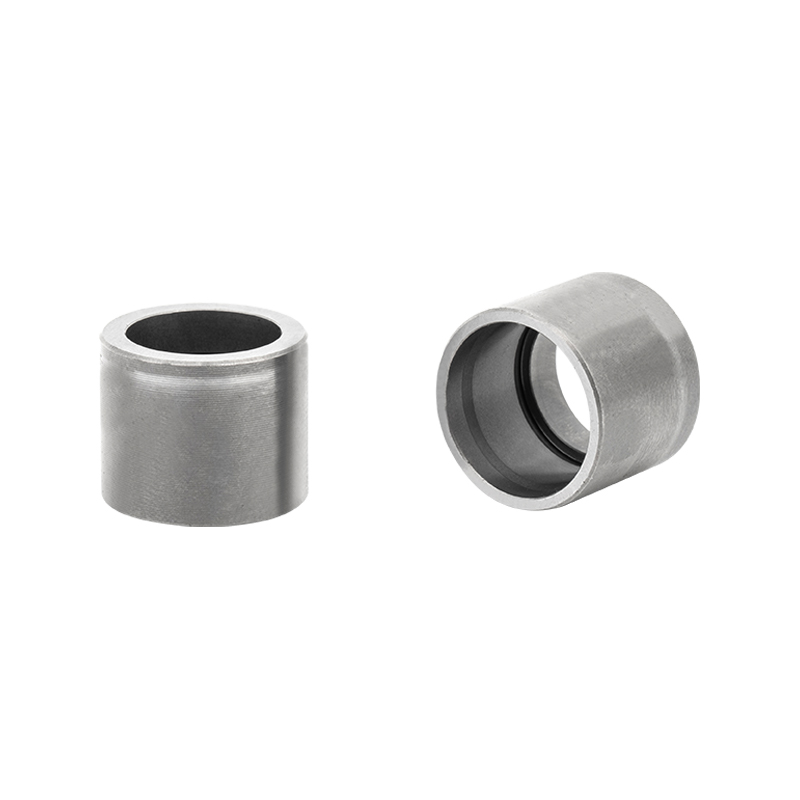
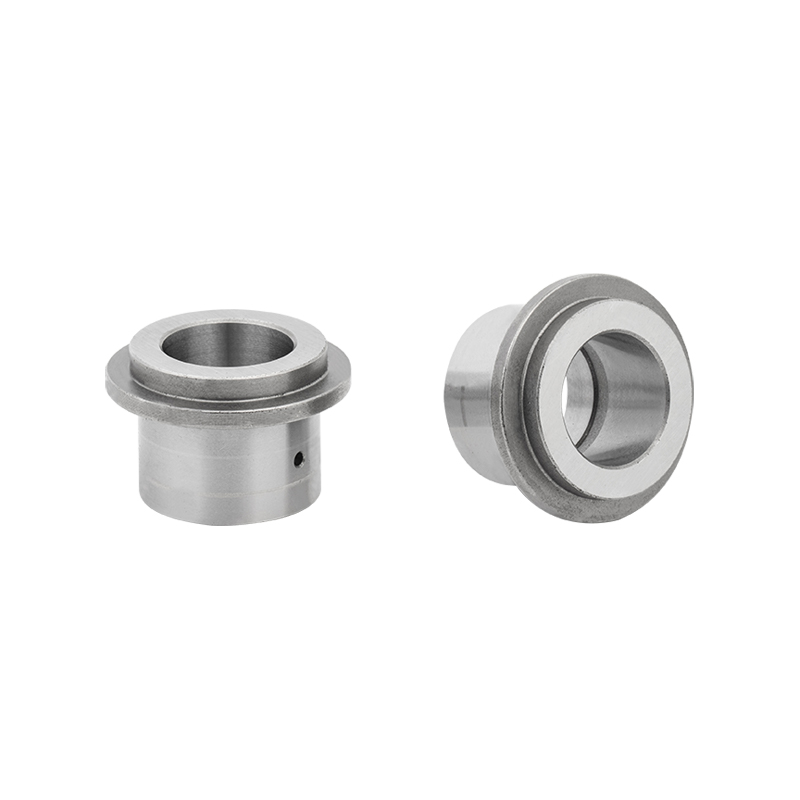

 Download Catalog
Download Catalog
